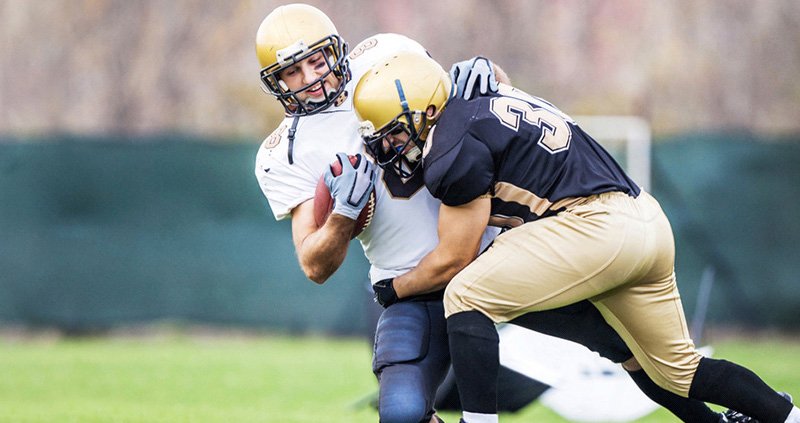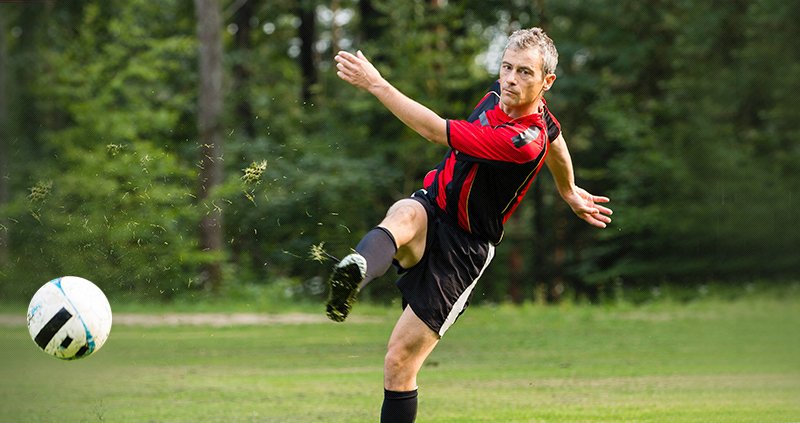General Post Op Instructions
Please review the specific post-operative instructions that were sent home with you.
Apart from the specific instructions given to you following your surgery, below are some basic general instructions that you should follow after your surgery are as follows:
- Take pain relieving medications as advised. Try to stay ahead of the pain; don’t let it get ahead of you. Pain relieving medication should be taken with food. Only take one pill at a time otherwise you risk having nausea. You may take another pill as needed thereafter based on your prescription.
- Do not drink alcohol, drive a vehicle, operate any machinery or sign a legal document after surgery while taking pain medications. In addition, the effect of the anesthesia administered during the surgery may last for the first 24 hours of the surgery.
- Use ice packs or the ice machine you may have to control swelling and help with pain. However, make sure that the ice bag/pad is not directly on your skin and does not leak into the dressing. I suggest icing your extremity at least 5 times a day for 30min with 1 hour between. Follow this program for 2 weeks after surgery for a faster recovery. Do not fall asleep with ice or the cooling pad on.
- Follow the specific activity restriction as stated on your discharge instructions. Remember that it is easier to prevent developing pain rather than managing it once it has already developed. Rest for a few days after the surgery and keep the operated extremity elevated or flat.
- Do active ankle pumps after lower extremity surgery every hour while awake until you are able to walk 150 feet.
- Keep the dressing clean and dry to promote wound healing and prevent infection. If directed so on your discharge instructions, you may remove the dressing after 48 hours. Keep the surgical site dry for 5 days after surgery.
Please consult Dr. Graham or his assistant Brittany immediately (949 586-3200 x 252) if you experience any of the following symptoms:
- Increased drainage from the incision, this is normal for first 24 hours after surgery. It is mostly water draining out of the joint.
- Increased redness around the operative site
- Increased swelling that does not decrease with ice and elevation
- Fever greater than 101.4°F
- Sudden calf pain or shortness of breath







